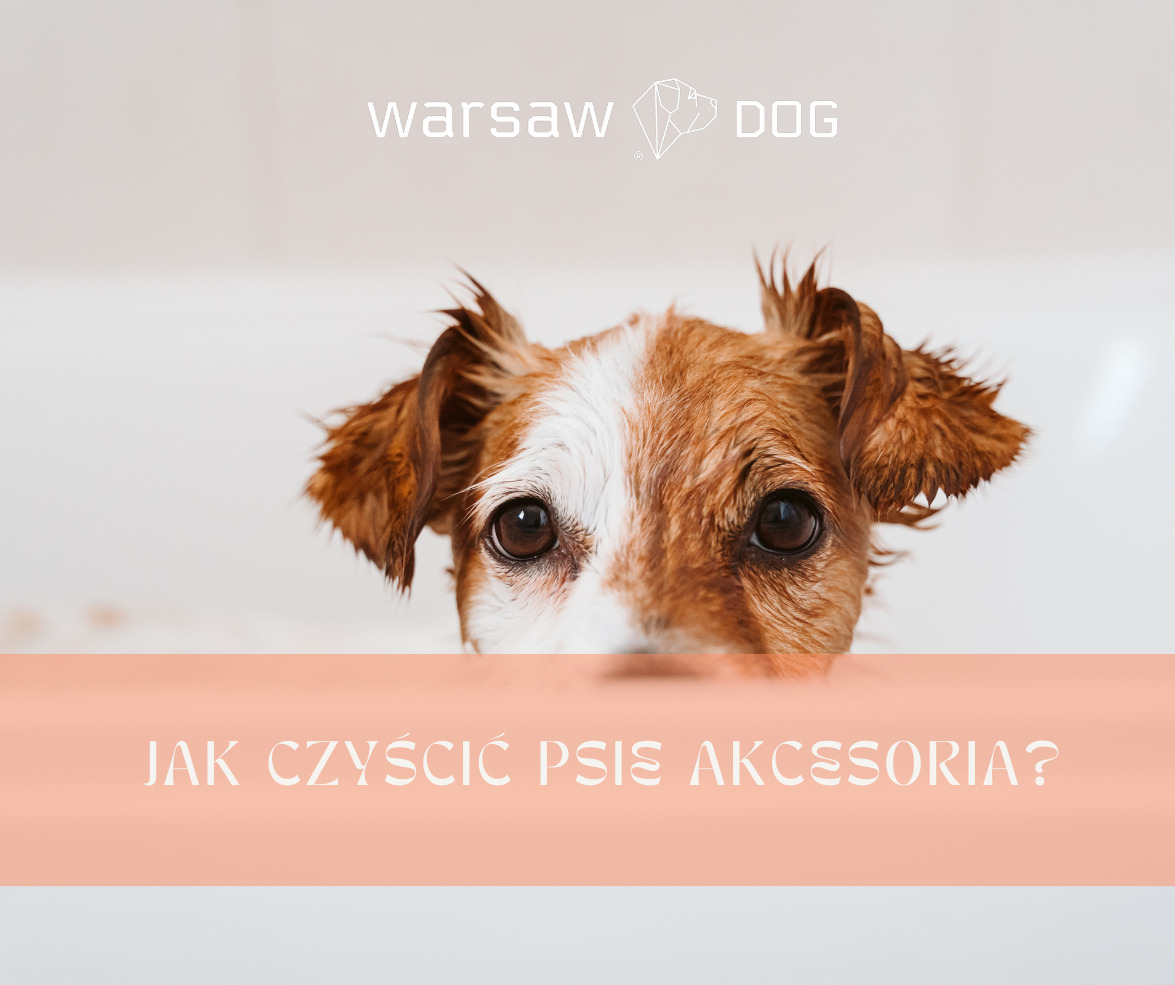What is atopic dermatitis in dogs?
Atopic dermatitis is an allergic disease caused by certain environmental factors, including pollen, house dust mites, and chemicals absorbed through the respiratory tract or skin. According to current knowledge, this disease is most common in dogs aged 1 to 3 years and affects more often representatives of certain breeds, in particular: boxer, golden retriever, labrador, German shepherd, fox terrier, Irish setter, poodle, west highland terrier, schnauzer miniature, shar pei, shih tzu and lhasa apso. Basically, however, any four-legged friend can suffer from it.
What are the symptoms of atopic dermatitis in dogs?
The most common symptom of atopic dermatitis is severe itching, redness, discoloration, and recurring ear infections. In principle, skin lesions can occur on all parts of the body, but in most cases they are located on the legs, in the groin area and in the abdomen. Constant licking and scratching of itchy parts of the body can lead to eczema, dandruff and hair loss, as well as pyoderma, which is often accompanied by an unpleasant odor. In addition, biting the dog's skin often results in secondary infections. They are caused by pathogens that penetrate open, damaged areas of the skin.
important: Atopic dermatitis significantly reduces a pet's quality of life, so if you notice one or more of these symptoms in your dog, we recommend that you immediately go to the vet to identify the cause of the condition and start appropriate treatment.
What are the causes of atopic dermatitis in dogs?
It is generally accepted that atopic dermatitis in dogs results from a genetic predisposition. Recent studies have also shown the relationship of this disease with disorders in the digestive system. The disease is caused by various environmental allergens, primarily:
- house dust mites
- molds
- mushrooms
- pollen from grasses and trees
In some cases, the symptoms of atopy are related to a food allergy.
How is atopic dermatitis in a dog diagnosed?
In order to effectively treat these types of allergic diseases, it is crucial to identify their actual cause. The increased incidence of symptoms at certain times of the year and in specific locations can provide initial information about which allergens are responsible for the disease.
In addition, an elimination diet may be helpful in determining a food allergy. However, before treating atopic dermatitis, your veterinarian must first rule out other conditions that trigger the dermatitis. For example, an allergic reaction associated with parasite invasion can be detected through observation and laboratory tests. After excluding other diseases, the veterinarian performs a skin test to identify what allergens the pet reacts to. For this purpose, small doses of various allergens are injected into a shaved area of skin on the dog's belly or chest. The trigger for dermatitis is identified by a clear reaction, such as reddening of the skin.
How can atopic dermatitis in dogs be treated?
For obvious reasons, the best solution would be to eliminate, avoid or at least reduce allergens. In the case of an allergy to dust mites, attention to proper hygiene and care of the places where the pet spends most often can be helpful in alleviating the symptoms. If the dog is allergic to pollen, walks should be moved to places where there are no problematic species of plants or tall grass.
Symptomatic treatment of itching is carried out with various antihistamines. These preparations have an antipruritic effect, reduce swelling and soothe skin irritations. They also have anesthetic properties. Antibiotics are used for secondary bacterial infections.
The causal treatment, i.e. desensitization, does not guarantee a complete cure of atopic dermatitis in a dog, but it can extend the time of the goiter from symptoms. The immune system of your four-legged friend gradually gets used to the allergen with the help of individually selected doses of desensitization vaccine. Increasing doses of the allergen are injected under the skin in a veterinary clinic or at home, usually for a period of 3-4 months. The vaccines are then given at intervals of several weeks. Full therapy lasts about 3 years, but the first effects appear much faster, usually after half a year. It should be emphasized that desensitization not only cures atopy, but also minimizes the risk of new allergies and the development of other diseases, in particular bronchial asthma.
Maybe you'll like it:



